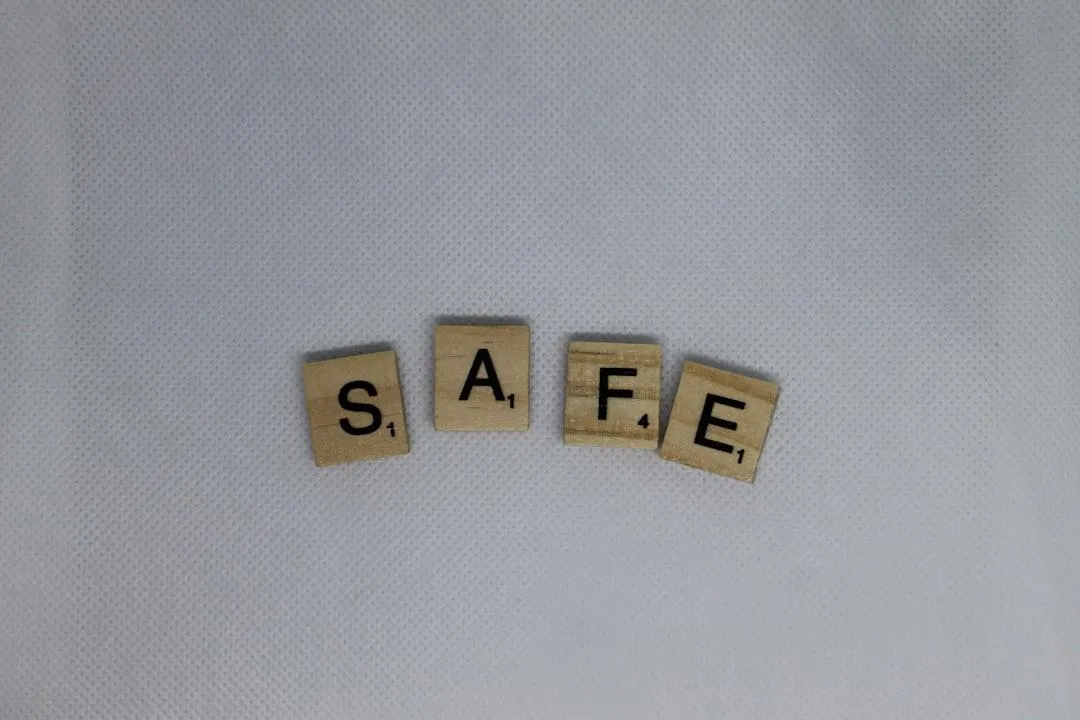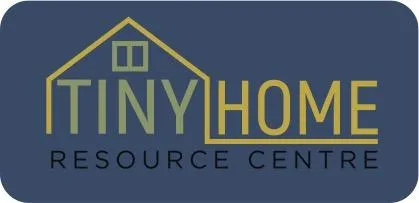Tiny Home Resource Centre Blog

Are Tiny Homes Safe?
Are Safety Concerns About Tiny Homes Warranted?
It’s a fair question — and one we hear often.
When people raise concerns about the safety of tiny homes, it’s usually tied to the idea that anything outside the traditional system must be risky. In Australia, our building codes exist for good reason. They’ve been developed over decades to help ensure homes are safe, liveable, and built to withstand our climate.
So yes, safety matters. And yes, not all tiny homes on wheels are created equal.
But here’s the key: just because something is different doesn’t mean it’s dangerous.
What matters is how the home is built — not its size. There are well-established ways to ensure a tiny home is structurally sound, fire-safe, properly ventilated, and compliant with relevant codes. It just takes planning, the right advice, and a builder who knows what they’re doing.
Rejecting tiny homes outright because of safety fears misses the point. Instead of ruling them out, we should focus on how they’re built and who is building them. When done properly, tiny homes on wheels can meet or exceed safety expectations — just like any other form of housing.
The key is to manage the process with care, from design to completion. That’s where guidance, checks, and good information are essential.
Let’s keep asking questions — but let’s not let fear hold back good solutions.
To stay up-to-date with the conversation, join the Tiny Home Resource Centre community here.
Safety checklist:
Here is a quick checklist to help you keep safety front-of-mind during your Tiny Home Project
Fire Safety - Stopping a fire starting, escaping in the case of a fire, and suppressing a fire all need to be considered. Use and storage of combustible materials, potential ignition sources, smoke alarms and fire extinguishers need to be considered. Where you are parking your tiny home and bushfire threats need to also be considered.
COMPANY
CUSTOMER CARE
CUSTOMER CARE
NEWS
LEGAL

© Copyright 2025. Tiny Home Resource Centre. All Rights Reserved.

